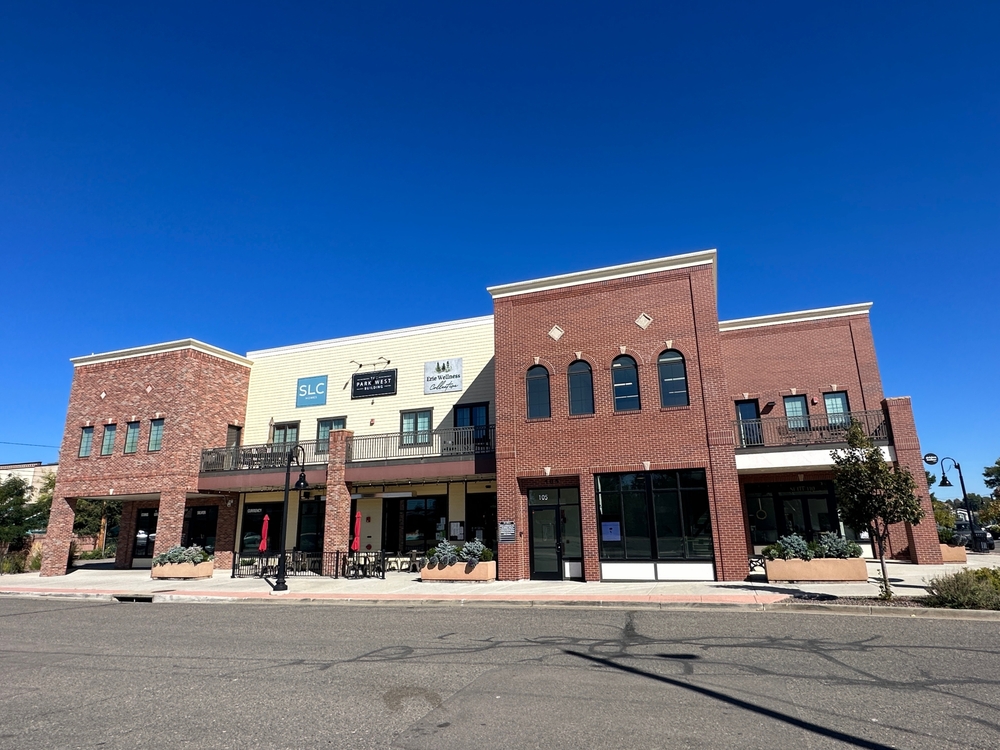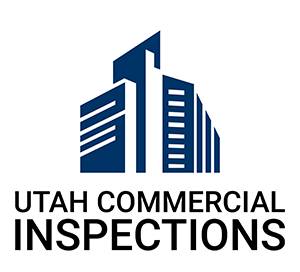
Commercial asphalt parking lots are more than just functional surfaces—they are a vital part of a commercial building’s infrastructure and a significant investment in property value, safety, and curb appeal. For property owners and managers, understanding the life cycle of asphalt pavement is crucial for thorough commercial property inspections and long-term maintenance planning. Recognizing each stage—from initial installation to eventual replacement—helps protect the property, extend the pavement’s lifespan, and reduce costly repairs.
Design and Installation: The Foundation of Durability
The life cycle of a parking lot begins with proper design and installation. A solid foundation is essential, as the subbase and base layers support the asphalt surface and distribute vehicle weight. Even high-quality asphalt can fail early if the subgrade is improperly prepared. Factors like asphalt mix, thickness, compaction, and drainage should match the expected traffic loads of the commercial building. Proper installation not only ensures longevity but also supports the overall performance and safety of the property. Including asphalt assessments in routine commercial property inspections helps identify early issues before they worsen.
Initial Service Phase: Early Maintenance Counts
Once installed, a parking lot enters its initial service phase. While typically free of major defects, minor issues such as hairline cracks, settling, or surface irregularities may appear. Preventative maintenance—including sealcoating and crack sealing—protects the asphalt from UV damage, oxidation, and water infiltration. For managers of commercial buildings in Utah, adding these early maintenance steps to a property inspection program can prevent minor problems from escalating into costly repairs, helping maintain a safe and attractive environment for tenants and visitors.
Mid-Life Phase: Monitoring Degeneration
As the parking lot ages, it moves into the mid-life phase, where signs of wear and tear become more evident. Common problems include alligator cracking, rutting, potholes, and surface depressions caused by heavy traffic and environmental stress. Poor drainage can speed up deterioration, creating hazards for vehicles and pedestrians. At this stage, more significant repairs—such as patching, overlays, or mill-and-fill repairs—may be necessary. Including a detailed pavement assessment during a commercial property inspection allows property managers to prioritize repairs, allocate resources efficiently, and maintain the functional and aesthetic value of the property.
End-of-Life Phase: Planning for Replacement
Eventually, every asphalt parking lot reaches the end-of-life phase, typically between 15 and 25 years, depending on traffic, maintenance, and quality of installation. Widespread cracking, severe rutting, and surface disintegration can threaten safety and usability. At this point, replacement is often more cost-effective than repeated repairs. A thorough evaluation as part of a commercial property inspection in Utah can uncover underlying issues—such as poor drainage, insufficient base layers, or heavy vehicle loads—ensuring the new pavement lasts longer and better supports the commercial building’s operations.
Bringing It All Together
Understanding the life cycle of commercial asphalt parking lots involves more than just making repairs—it requires proactive management. For any commercial building in Utah, regular pavement inspections and preventative maintenance are vital for lowering long-term costs, ensuring safety for visitors and tenants, and preserving property value. By including parking lot assessments in a commercial property inspection, owners and managers can keep surfaces safe, functional, and visually appealing. A well-maintained asphalt lot isn’t just essential for functionality but also a strategic investment in durability, safety, and curb appeal.
Utah Commercial Inspections offers commercial property inspection services in Salt Lake City and the greater Wasatch Front, covering areas from Ogden to Spanish Fork and Heber to Tooele. Contact us to schedule an inspection.
